On October 4, Google officially unveiled the Pixel 8 and Pixel 8 Pro following months of rumors and speculation. The new Tensor G3 chipset, built internally by Google, powers both devices and appears to be pretty promising. Compared to Tensor G2, its performance has improved significantly. How does the Tensor G3 compare to the Snapdragon 8 Gen 2 and A17 Pro, though? Does it possess the ability to defeat Apple and Qualcomm in the silicon game? Let’s examine our thorough comparison of the Tensor G3, Snapdragon 8 Gen 2, and Apple A17 Pro to discover out.
Tensor G3 vs Snapdragon 8 Gen 2 vs A17 Pro: Specs Comparison
Certainly, here’s the information you provided converted into a table format for easy comparison:
| Specs | Google Tensor G3 | Snapdragon 8 Gen 2 | Apple A17 Pro |
|---|---|---|---|
| CPU | Nine-core CPU | Octa-core, Kryo CPU | Six-core CPU, 19 billion transistors |
| CPU Cores | 1x 2.91GHz (Cortex-X3) | 1x 3.2GHz (Cortex-X3) | 2x 3.78 GHz High-performance cores |
| 4x 2.37GHz (Cortex-A715) | 2x 2.8GHz (Cortex-A715) | 4x 2.11GHz High-efficiency cores | |
| 4x 1.70GHz (Cortex-A510) | 2x 2.8GHz (Cortex-A710) | ||
| Process Technology | Samsung’s 4nm | TSMC’s 4nm process | TSMC’s 3nm process (N3B) |
| GPU | 7-core Mali-G715 GPU | Adreno 740 GPU; Hardware-accelerated Ray Tracing | Apple Pro-class 6-core GPU; Hardware-accelerated Ray Tracing |
| Memory Support | LPDDR5X | LPDDR5X | LPDDR5 |
| Machine Learning and AI | New Google Custom TPU (Codename “Rio”) | New AI Engine, Hexagon Processor | 16-core Neural Engine; 35 TOPS |
| ISP | Google Custom DSP (Codename “Callisto”) | Triple 18-Bit Spectra ISP; Cognitive ISP, Snapdragon Sight | Apple-designed Image Signal Processor |
| Camera Capability | Take full resolution photos, SuperRes Zoom up to 30x, Magic Eraser, Best Take AI feature | Capture photos up to 200MP, 36MP triple shots with ZSL | ProRAW photos at 48MP; Photonic Engine |
| Video Capability | 4K at 60FPS, 10-bit HDR, OIS + EIS, AI-powered Audio Magic Eraser, Real Tone in Videos, Cinematic Blur | 8K HDR, Bokeh Engine 2 | 4K60 ProRes videos; Spatial video recording; 4K HDR Dolby Vision @ 60FPS; Cinematic 4K@24FPS; Action mode |
| Modem | Samsung Exynos 5300 5G modem | Snapdragon X70 5G modem | Snapdragon X70 5G modem |
| Up to 3.0Gbps Peak Download | Up to 10 Gbps Peak Download | Up to 10 Gbps Peak Download | |
| Up to 422Mbps Peak Upload | Up to 3.5 Gbps Peak Upload | Up to 3.5 Gbps Peak Upload | |
| WiFi Support | Wi-Fi 7 | Wi-Fi 7 | Wi-Fi 6E |
| Bluetooth | Bluetooth 5.3, LE | Bluetooth 5.3, LE Audio, Dual Bluetooth Antenna, aptX Lossless | Bluetooth 5.3, LE |
| Others | AV1 Encoder and Decoder | AV1 Decode Support | AV1 Decoder; ProRes codec; Pro display engine; NavIC Support |
This table provides a clear comparison of the specifications for the Google Tensor G3, Snapdragon 8 Gen 2, and Apple A17 Pro processors. Please note that specific device performance may vary, and additional features may apply depending on the devices that incorporate these processors.
Tensor G3 vs Snapdragon 8 Gen 2 vs A17 Pro: CPU
Tensor G3
First, let’s compare the processing speeds of the Tensor G3, Qualcomm Snapdragon 8 Gen 2, and Apple A17 Pro. Similar to last year, Google and the Samsung Semiconductor division collaborated to develop the Tensor G3 chipset. Built on Samsung’s 4nm technology, the Google Tensor G3 is probably an upgrade over the LPE process node from the previous year. Additionally, there have been rumors that Samsung has surpassed TSMC in 4nm manufacturing yield, which is encouraging for the Tensor G3.
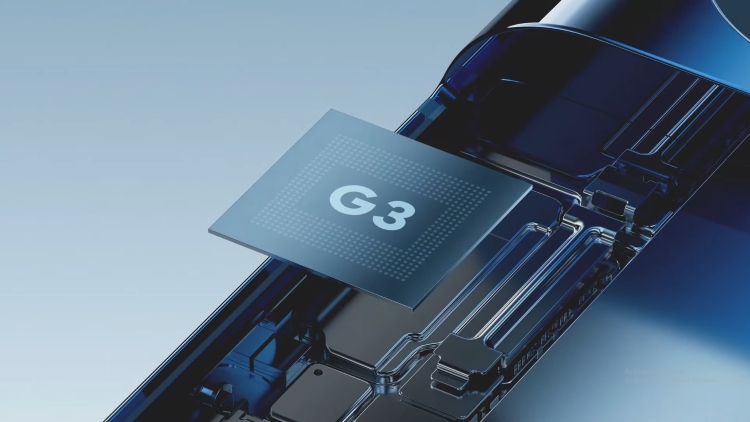
This year, a total of nine cores are housed in the Tensor G3 chipset, which has a distinctive architecture. It has a Cortex-X3 prime core that is a year old but still useful, running at 2.91GHz. Additionally, 4 Cortex-A715 (2.37GHz) cores and 4 Cortex-A510 (1.70GHz) cores are linked together.
Since these cores can run at far greater clock speeds than they currently do, as demonstrated by the Snapdragon 8 Gen 2 from last year, it is clear from the CPU design itself that Google is being careful with the clock speeds. The only conclusion you can make from this is that Google is using the Tensor G3 to improve efficiency rather than pursue top-tier performance, which is a good thing in 2023.
Snapdragon 8 Gen 2
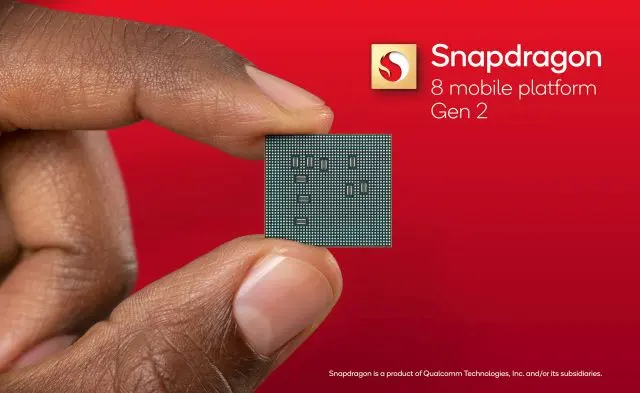
Regarding the Snapdragon 8 Gen 2, it resembles the Tensor G3 quite a bit. It is constructed using TSMC’s 4nm manufacturing node and has eight cores. It has a main Cortex-X3 (3.2 GHz) core along with two Cortex-A715 (2.8 GHz), two Cortex-A710 (2.8 GHz), and three Cortex-A510 (2.0 GHz) cores.
The cluster architecture is basically 1+(2+2)+3. We already know that the Qualcomm Snapdragon 8 Gen 2 is one of the company’s top recent CPU releases. Its performance and efficiency numbers are really astounding, often outperforming Apple’s A-series CPUs.
A17 Pro
Moving on to the A17 Pro, it is a powerful chip but lacks efficiency. With two performance cores clocked at a powerful 3.78GHz and four efficiency cores clocked at 2.11GHz, Apple has stayed with its classic 6-core design. Due to the A17 Pro’s use of TSMC’s most recent 3nm production node, Apple was able to fit nearly 19 billion transistors onto a single die.
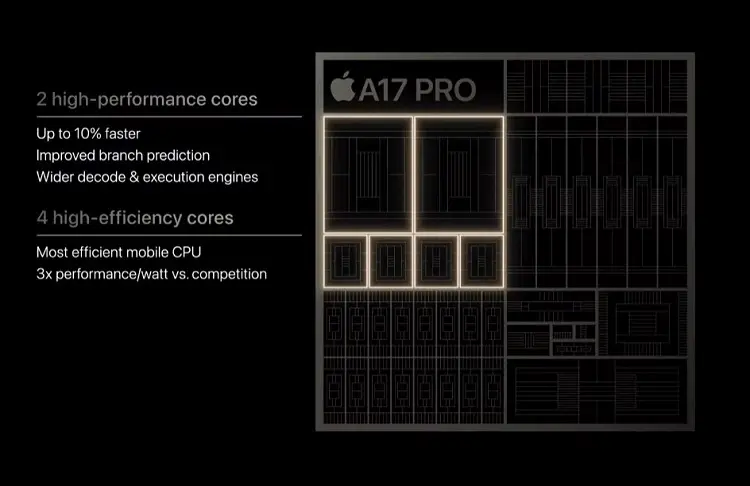
The Apple A17 Pro is by far the most potent SoC of the three chipsets. However, as users of the iPhone 15 Pro have noted, it is similarly hampered by heating issues. In a recent statement, Apple explained why thermal problems are happening with its new 15 Pro devices. The Cupertino behemoth attributes iOS 17 issues and system overload to third-party apps like Instagram and Uber. Apple is optimistic that a software update will be able to fix the thermal problem.
Ming-Chi Ku, however, suggests that it might be because of concessions made in the thermal management design. According to other industry professionals, overclocking the CPU has destroyed its efficiency and increased its peak power usage to its maximum
Tensor G3 vs Snapdragon 8 Gen 2 vs A17 Pro: GPU
Regarding the GPU, Google equipped the Tensor G3 with a 7-core Mali-G715 GPU. Although it has a powerful GPU, Google omitted Ray Tracing capabilities this year as well. By the way, the Tensor G3’s Mali-G715 GPU runs at 890MHz. We are optimistic that Tensor G3’s graphics performance would improve even more compared to previous Tensor chips’ good and dependable GPU performance.

On the other hand, the Snapdragon 8 Gen 2’s Adreno 740 GPU has established itself as the most potent and effective GPU among mobile SoCs. It has features like Snapdragon Elite Gaming, hardware-accelerated Ray Tracing, support for Unreal Engine 5, and more. Its performance is on par with the GPU in the A17 Pro and consumes significantly less power thanks to its unmatched efficiency. Remember that the Adreno 740 GPU is still just one year old.
This year, Apple added HW-accelerated Ray Tracing capability to the 6-core GPU in the A17 Pro. You can now play console-quality games on your iPhone 15 like Resident Evil Village, Resident Evil 4, Death Stranding, Assassin’s Creed Mirage, and others thanks to the upgraded GPU.
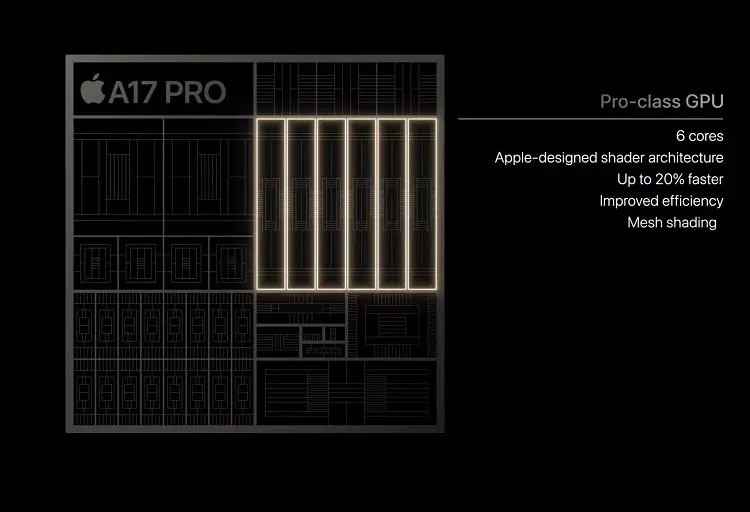
Despite switching to a new architecture, the A17 Pro’s GPU performance and power efficiency were determined to be substantially inferior. It consumes more power, about 11W at max, which is still less than the GPU performance of the Adreno 740.
The Adreno 740 GPU on the Snapdragon 8 Gen 2 is still in front of the pack even if Apple is making all the commotion with the new GPU in the A17 Pro. And the Snapdragon 8 Gen 3’s forthcoming GPU will enlarge the gap even further.
Tensor G3 vs Snapdragon 8 Gen 2 vs A17 Pro: ISP
Google didn’t disclose a lot of information about its Image Signal Processor and Imaging DSP, but it has undergone multiple enhancements and is known by the codename “Callisto.” In place of the GPU, Google now frequently uses its own DSP for image processing tasks. The new DSP is utilized by AI functions like Photo Unblur and depth mapping. Thanks to the improved DSP, you can take better portraits and nighttime photos.

You get a capable ISP with 18-bit triple architecture on the Snapdragon 8 Gen 2 chip. It can engage all three cameras at once, snap photographs up to 200MP, and record 8K HDR films, among other things. The SD 8Gen2 ISP is unquestionably a potent block on the chipset in terms of raw image processing power.
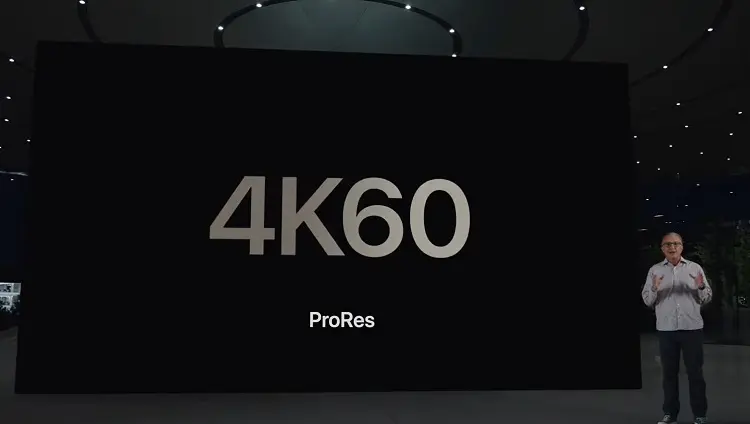
Moving on to the Apple A17 Pro’s ISP, the Photonic Engine is responsible for the majority of the iPhone’s camera functions. Now, it can process better nighttime images, portraits, and even afterwards apply depth effects. The new ISP also enables you to record spatial videos (3D), which you can relive with astounding clarity and depth on an Apple vision. Overall, all three ISPs are fairly potent, and how well the OEM makes use of the hardware characteristics relies on them.
Tensor G3 vs Snapdragon 8 Gen 2 vs A17 Pro: AI and ML
The majority of the AI capabilities of the Pixel 8 series, including the upgraded Magic Eraser, Audio Magic Eraser, Best Take, in-device voice recognition, Photo Unblur, and many others, are powered by the unique TPU, codenamed Rio. Even Google’s core AI models can be run on the system.
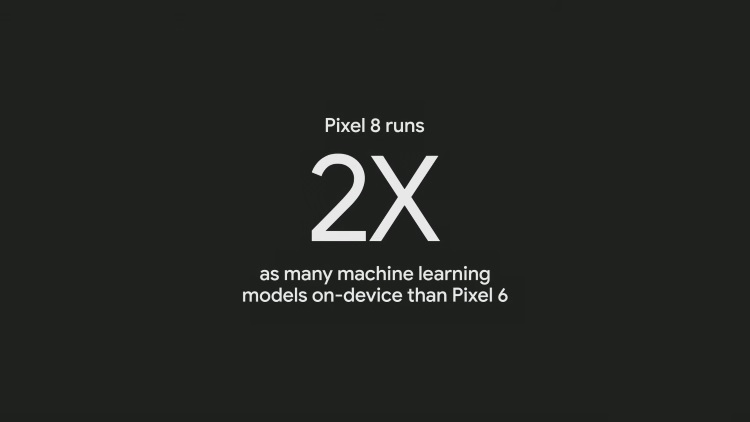
Google claims that the Pixel 8 can locally run twice as many machine learning models as the Pixel 6. Not to mention, the new custom TPU in the Pixel 8 series allows it to run 10 times more complicated on-device models. Finally, you may use new AI-focused tools like Zoom Enhance, Recorder Summarize, and Smart Reply in Gboard.
The Snapdragon 8 Gen 2’s AI Engine, which can execute 27 TOPS (trillion operations per second), is also promising. According to Qualcomm, the new AI Engine is more effective than ever. Apple, at least on paper, wins this particular comparison, though. 35 TOPS can be accomplished with the A17 Pro’s 16-core Neural Engine, which is remarkable. Given this, Google is best placed to provide a wide range of on-device generative AI features for many years to come.
Conclusion
Certainly, here’s the information you provided presented in a different version:
- All three chips are undeniably capable and offer a comprehensive feature set.
- The A17 Pro boasts a robust CPU and GPU, yet Apple may need to address power and thermal efficiency concerns.
- Despite being a year old, the Snapdragon 8 Gen 2 remains an impressive chipset.
- The underclocked Tensor G3 competes favorably with the Snapdragon 8 Gen 2, striking a balance between performance and efficiency.
- The addition of Google’s new custom TPU to the Tensor G3 enhances its appeal.
- It’s essential to note that mobile chipsets have become remarkably powerful, and solely prioritizing benchmark scores at the expense of battery life and heat management isn’t ideal.
- Google’s focus on crafting efficient mobile processors may prove advantageous in the long run.
